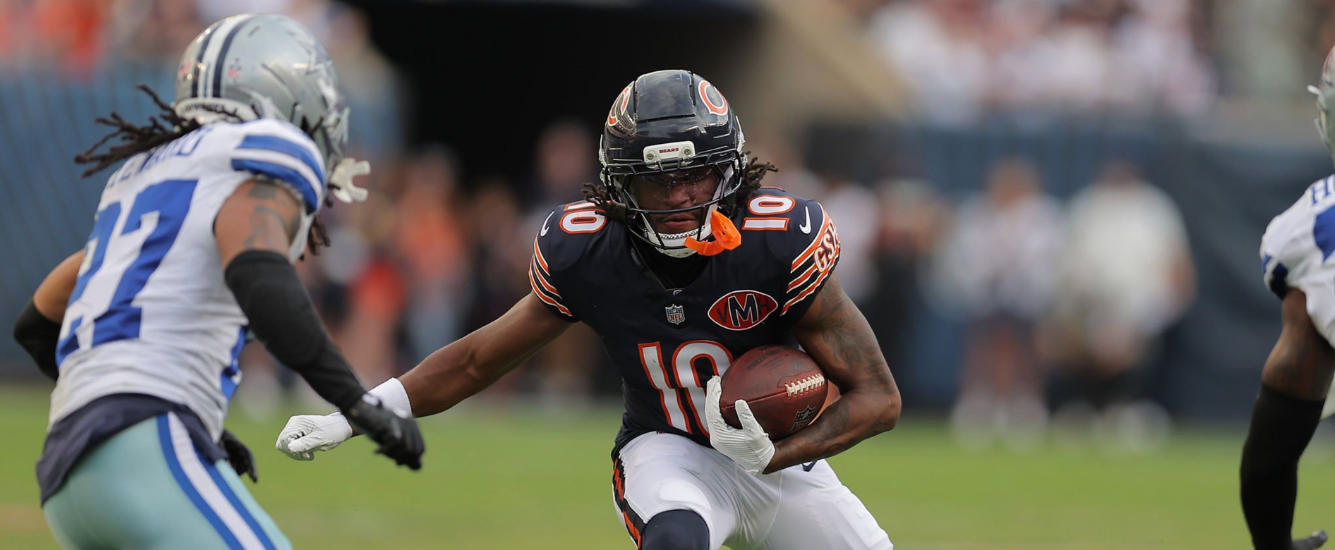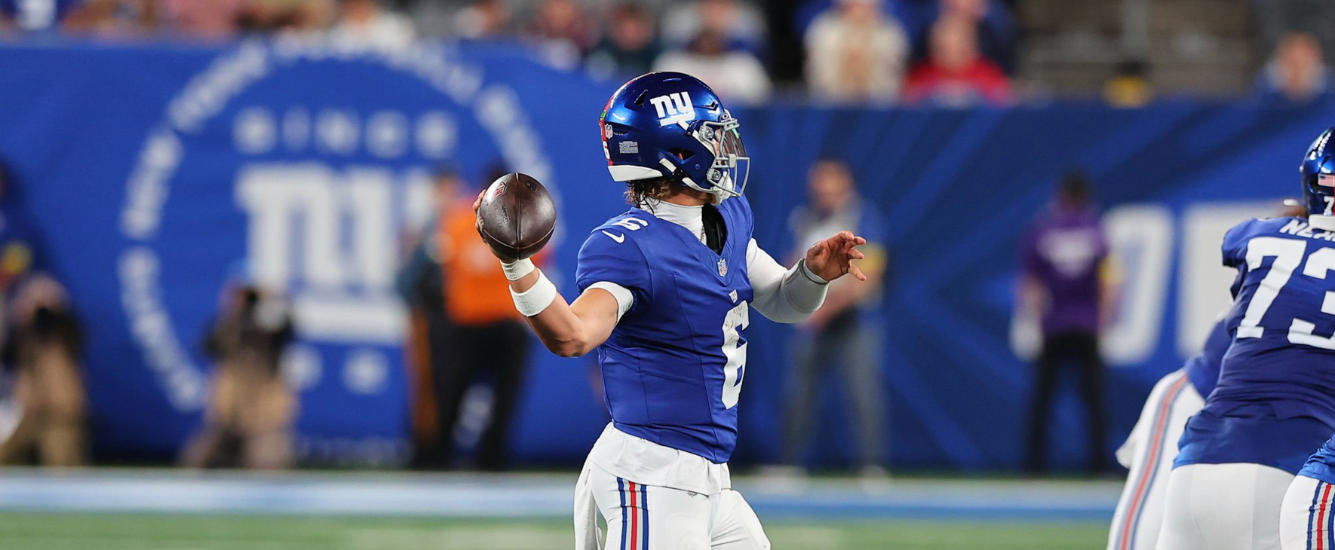Expected points (EP) correlate better to future fantasy success than fantasy points over expected (FPOE). FPOE is tied to big plays and TDs meaning it is also tied to missed tackles and blown assignments; in turn, it is generally more volatile. Some rightly source a degree of potential upcoming regression by comparing FPOE to EP; a massive disparity between them may signal that someone has had good or bad luck.
But if you’ve read my work (or anyone’s at RotoViz) you know I still heavily cite high FPOE as a stat to chase. This is because, as Blair once put it, good players are good. FPOE can be a sign of out-of-whack blips on an otherwise steady course, but it can be a sign of incredible talent. Players who have repeatedly registered as special fantasy assets also continuously register as high FPOE earners.
Tyreek Hill has ranked in the top eight WRs in six of the past seven years in PPR, the only exception being 2019 when he had a fractured sternum that cost him several games; still, he paced as the No. 12 WR in FPOE/G. Not only so, Hill has enjoyed at least 37 total FPOE in all but one year, and in 2021, he still had 21.9 FPOE. These are terrific outputs, even at his worst.
| 2016 | 2017 | 2018 | 2019 | 2020 | 2021 | 2022 | 2023 | |
| PPR Rk | 18 | 8 | 2 | 33 | 2 | 6 | 2 | 2 |
| FPOE Rk | 10 | 1 | 2 | 12 | 2 | 30 | 4 | 2 |
| FPOE | 39.3 | 67.6 | 80.7 | 37.0 | 88.2 | 21.9 | 57.5 | 84.9 |
Hill consistently ranks high in FPOE because he’s really good at football. If we have tried to fade Hill due to upcoming regression based on inflated FPOE in the past, we have Galaxy-Brained ourselves out of some incredible fantasy seasons. The same is true with other highly talented fantasy players.
Put another way, if we want to use FPOE to find regression on Hill, we need to consider 40-50 his base rate. If he scores below 40, we should assume he will positively regress, despite the fact that this is well above the league average.
Using the Weekly Stat Explorer, we can see the top 20 performers in total FPOE over the past five seasons, and it reads like a who’s who of the most talented players in the league:

The inverse is also true. If we look at the bottom 20 performers over the past five seasons, there is a lot of heartbreak:

The presence of Garrett Wilson and, to a lesser degree, Trevor Lawrence on this list is disconcerting. I recently diagnosed the case for Wilson, and while we are on alert, we probably owe him another chance. Lawrence started with -81.0 FPOE as a rookie riding the Urban Meyer train wreck, and then things stabilized; there are reasons to be concerned he is not elite, but he won’t be as dreadful as this number might otherwise signify. The FPOE totals for Zach Ertz, Ben Roethlisberger, and A.J. Green are the cadaveric spasms of once-great careers at their end.
A double-digit FPOE pattern, positive or negative, repeated for multiple years, can rightly be interpreted as more of a base rate for a talented or untalented player rather than anomalous blips. We gain confidence with each measure of ten FPOE per season. If a player regularly totals somewhere in the 40 to 90 range per season, like Hill, we can consider him elite. But of course, if he is recording massive double-digit negative values (which is harder to find, because these players often get benched), it can be a sign that things won’t ever click.
Some notable examples from recent years:
Christian McCaffrey

Travis Kelce

Josh Allen

Derrick Henry

Zach Wilson

USING FPOE TO FIND LANDMINES AND DIAMONDS
Let’s turn our eyes forward. I analyzed the best and worst scorers in FPOE over the past two years to find players that positively or negatively stood out compared to their current FFPC ADP. By seeking players with sustained double-digit, preferably high double-digit FPOE in that time frame, we may gain an edge relative to value.




















